Investigation of 2-Mercapto-1-Methylimidazole as a New Type of Leveler in Wafer Electroplating Copper
Abstract
1. Introduction
2. Experimental
2.1. Electrochemical Measurements
2.2. Electrodeposition
2.3. Characterization
2.4. Theoretical Calculation
3. Results and Discussion
3.1. Electrochemical Analysis
3.2. Electrodeposition Analysis
3.3. Characterization Analysis
3.4. Theoretical Calculation Analysis
3.4.1. Quantum Chemical Calculations
3.4.2. Molecular Dynamics Simulation
3.4.3. XPS Experiment
4. Conclusions
Supplementary Materials
Author Contributions
Funding
Institutional Review Board Statement
Informed Consent Statement
Data Availability Statement
Conflicts of Interest
References
- Chen, Z.; Luo, X.; Liu, S. 3D Chip Stacking of RF Devices with Cu TSV, Cu/Sn Bumps and Sealing Ring. In Proceedings of the 2010 11th International Conference on Electronic Packaging Technology & High Density Packaging, Xi’an, China, 16–19 August 2010. [Google Scholar]
- Su, Y.; Shi, J.; Hsu, Y.M.; Ji, D.Y.; Suer, A.D.; Lee, J. Volumetric nondestructive metrology for 3D semiconductor packaging: A review. Measurement 2024, 225, 114065. [Google Scholar]
- Zhang, L.; Wang, Y.; Li, H.-W.; Li, X.; Liu, C.; Fu, B.-Z.; Han, Y.-H. Economizing TSV Resources in 3-D Network-on-Chip Design. IEEE Trans. Very Large Scale Integr. Syst. 2015, 23, 493–506. [Google Scholar]
- Zhao, P.; Likforman, J.P.; Li, H.Y.; Tao, J.; Henner, T.; Lim, Y.D.; Seit, W.W.; Tan, C.S.; Guidoni, L. TSV-integrated Surface Electrode Ion Trap for Scalable Quantum Information Processing. Appl. Phys. Lett. 2021, 118, 124003. [Google Scholar]
- Hou, L.; Fu, J.; Wang, J.; Gong, N. A novel thermal-aware structure of TSV cluster in 3D IC. Microelectron. Eng. 2016, 153, 110–116. [Google Scholar]
- Liu, S.S.A.X. Simulation and fabrication of two Cu \{TSV\} electroplating methods for wafer-level 3D integrated circuits packaging. Sens. Actuators A Phys. 2013, 203, 52–61. [Google Scholar]
- Chen, X.; Liu, Z.; Wang, R.; Han, S.; Zeng, Y.; Li, Y. Research Status of Copper Film Slurries for Through-Silicon Via Process. J. Electron. Mater. 2025, 54, 910–922. [Google Scholar] [CrossRef]
- Dow, W.P.; Yen, M.Y.; Liao, S.Z.; Chiu, Y.D.; Huang, H.C. Filling mechanism in microvia metallization by copper electroplating. Electrochim. Acta 2008, 53, 8228–8237. [Google Scholar]
- Huang, S.M.; Liu, C.W.; Dow, W.P. Effect of Convection-Dependent Adsorption of Additives on Microvia Filling in an Acidic Copper Plating Solution. J. Electrochem. Soc. 2011, 159, D135–D141. [Google Scholar] [CrossRef]
- Wang, Z.Y.; Jin, L.; Li, G.; Yang, J.Q.; Li, W.Q.; Zhan, D.P.; Jiang, Y.X.; Yang, F.Z.; Sun, S.G. Electrochemical and in situ FTIR spectroscopic studies of gentian violet as a novel leveler in through-holes metallization for printed circuit board applications. Electrochim. Acta 2022, 410, 140018. [Google Scholar] [CrossRef]
- Lee, M.H.; Lee, Y.; Kim, J.A.; Jeon, Y.; Kim, M.J.; Kim, Y.G.; Kim, J.J. Quaternary ammonium-based levelers for high-speed microvia filling via Cu electrodeposition. Electrochim. Acta 2022, 419, 140389. [Google Scholar]
- Wei, H.; Tan, T.; Liu, R.; Guo, L.; Tao, C.; Qin, X. Prediction and Effect Verification of Thiamine as a Leveling Agent in Chip Wafer Electroplating. ACS Omega 2023, 8, 45495–45501. [Google Scholar] [PubMed]
- Chang, C.; Lu, X.; Lei, Z.; Wang, Z.; Zhao, C. 2-Mercaptopyridine as a new leveler for bottom-up filling of micro-vias in copper electroplating. Electrochim. Acta 2016, 208, 33–38. [Google Scholar]
- Wang, F.; Zhou, K.; Zhang, Q.; Le, Y.; Liu, W.; Wang, Y.; Wang, F. Effect of molecular weight and concentration of polyethylene glycol on through-silicon via filling by copper. Microelectron. Eng. 2019, 215, 111001–111003. [Google Scholar]
- Moffat, T.P.; Wheeler, D.; Kim, S.K.; Josell, D. Curvature enhanced adsorbate coverage mechanism for bottom-up superfilling and bump control in damascene processing. Electrochim. Acta 2007, 53, 145–154. [Google Scholar]
- Moffat, T.P.; Wheeler, D.; Kim, S.K.; Josell, D. Curvature Enhanced Adsorbate Coverage Model for Electrodeposition. J. Electrochem. Soc. 2006, 153, C127–C132. [Google Scholar]
- Yuan, B.; Zhou, W.; Li, X.; Xie, Y.; Yin, X.; Chen, X.; Shen, D.; Wang, L. Investigation of synthesized carbazole derivative Cz-BPDB as a high-performance leveler for copper electroplating. Surf. Coat. Technol. 2023, 463, 129526. [Google Scholar]
- Dow, W.P.; Li, C.C.; Su, Y.C.; Shen, S.P.; Huang, C.C.; Lee, C.; Hsu, B.; Hsu, S. Microvia filling by copper electroplating using diazine black as a leveler. Electrochim. Acta 2009, 54, 5894–5901. [Google Scholar] [CrossRef]
- Yuan, B.; Chen, X.; Zhao, Y.; Zhou, W.; Li, X.; Wang, L. Unveiling the potential and mechanisms of 3,3’-bicarbazole-based quaternary ammonium salts as levelers. Electrochim. Acta 2023, 471, 143345. [Google Scholar] [CrossRef]
- Ding, Z.F.; Wang, X.J.; Wang, W.D.; Cai, S.S.; Guo, J.D.; Zhu, Q.S. Severe embrittlement of copper pillar bumps electrodeposited using JGB as leveler. J. Mater. Sci. Mater. Electron. 2022, 33, 19026–19035. [Google Scholar] [CrossRef]
- Zhou, M.; Meng, Y.; Ling, J.; Zhang, Y.; Huang, W.; Min, Y.; Shen, X.; Xu, Q. 5-Amino-1,3,4-thiadiazole-2-thiol as a new leveler for blind holes copper electroplating: Theoretical calculation and electrochemical studies. Appl. Surf. Sci. 2022, 606, 154871. [Google Scholar]
- Wang, Y.; Jiang, H.; Tan, C.; Zou, H.; Xiao, D.; Liu, B.; Song, S.; Wang, Y. 3-((2-ethoxyethanethioyl)thio)propane-1-sodium sulfonate as a new accelerator for copper electroplating: Electrochemical and theoretical calculation studies. Mater. Today Commun. 2024, 39, 108905. [Google Scholar]
- Chen, P.; Shen, W.; Chen, Z.; Li, C.; Han, S.; Wu, Y.; Hang, T.; Li, M. Surface atom migration-involved two-dimensional nucleation and growth of nanotwinned copper in DC electrodeposition. Acta Mater. 2024, 262, 119468. [Google Scholar]
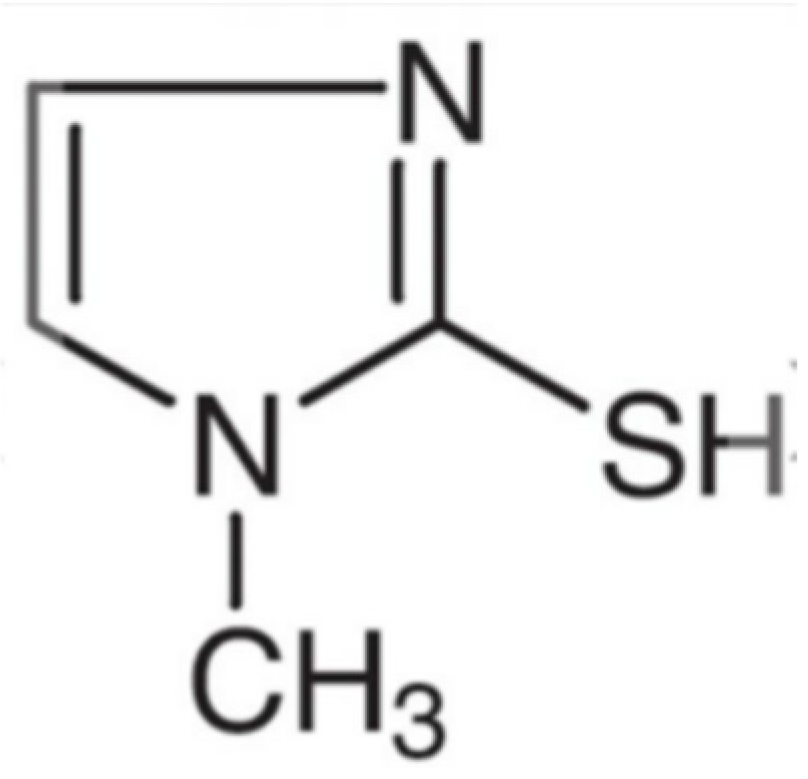


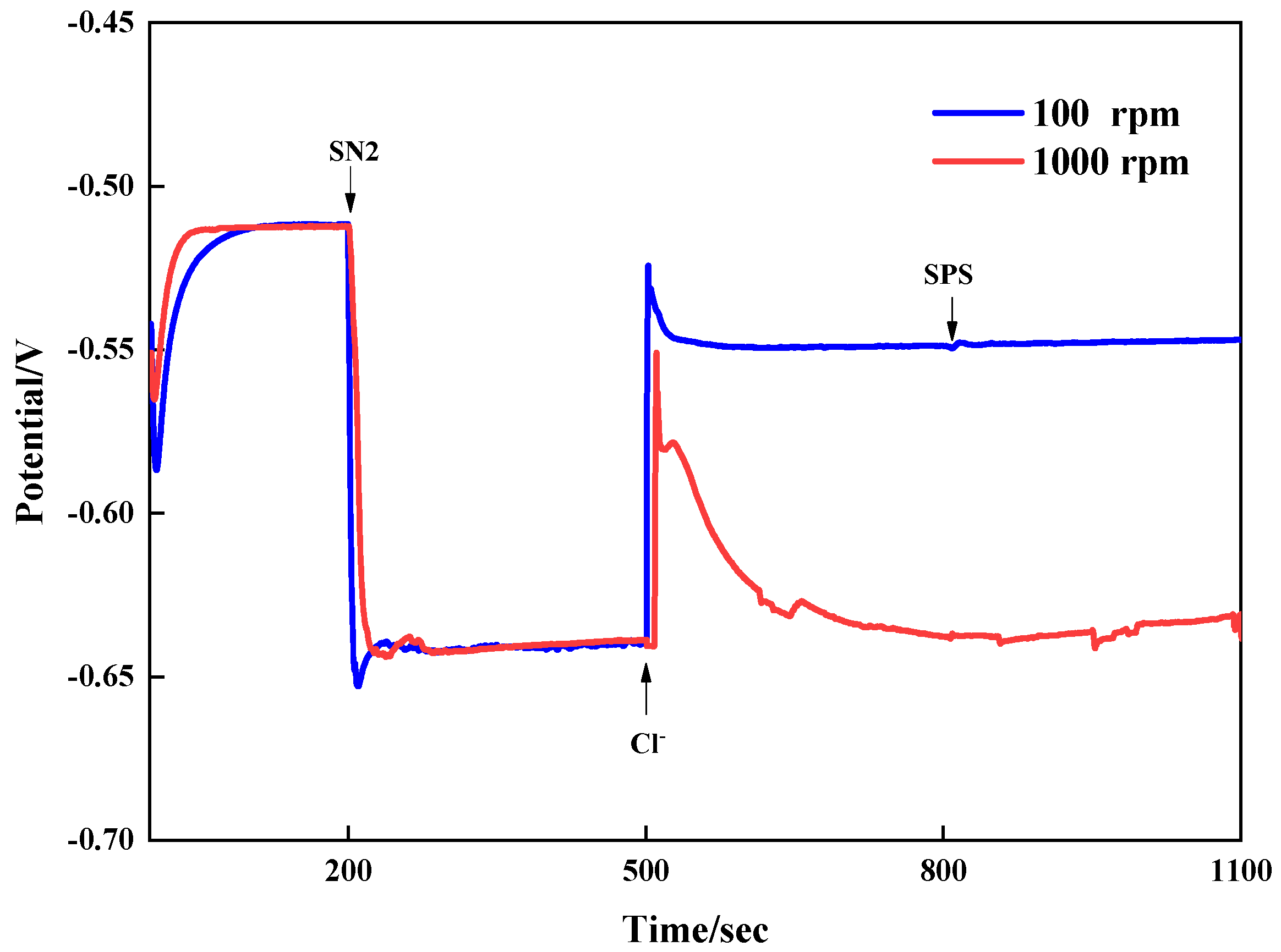
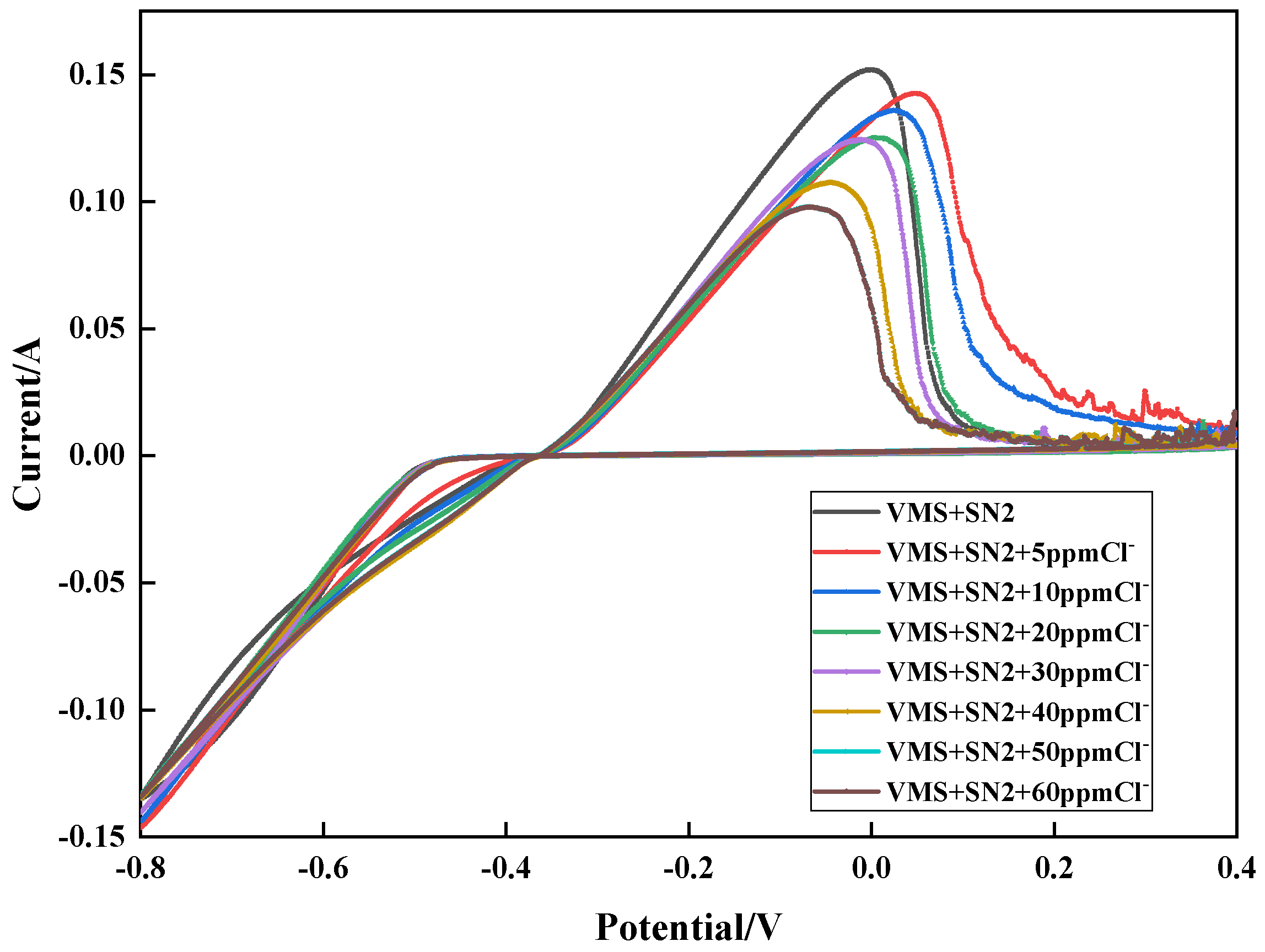
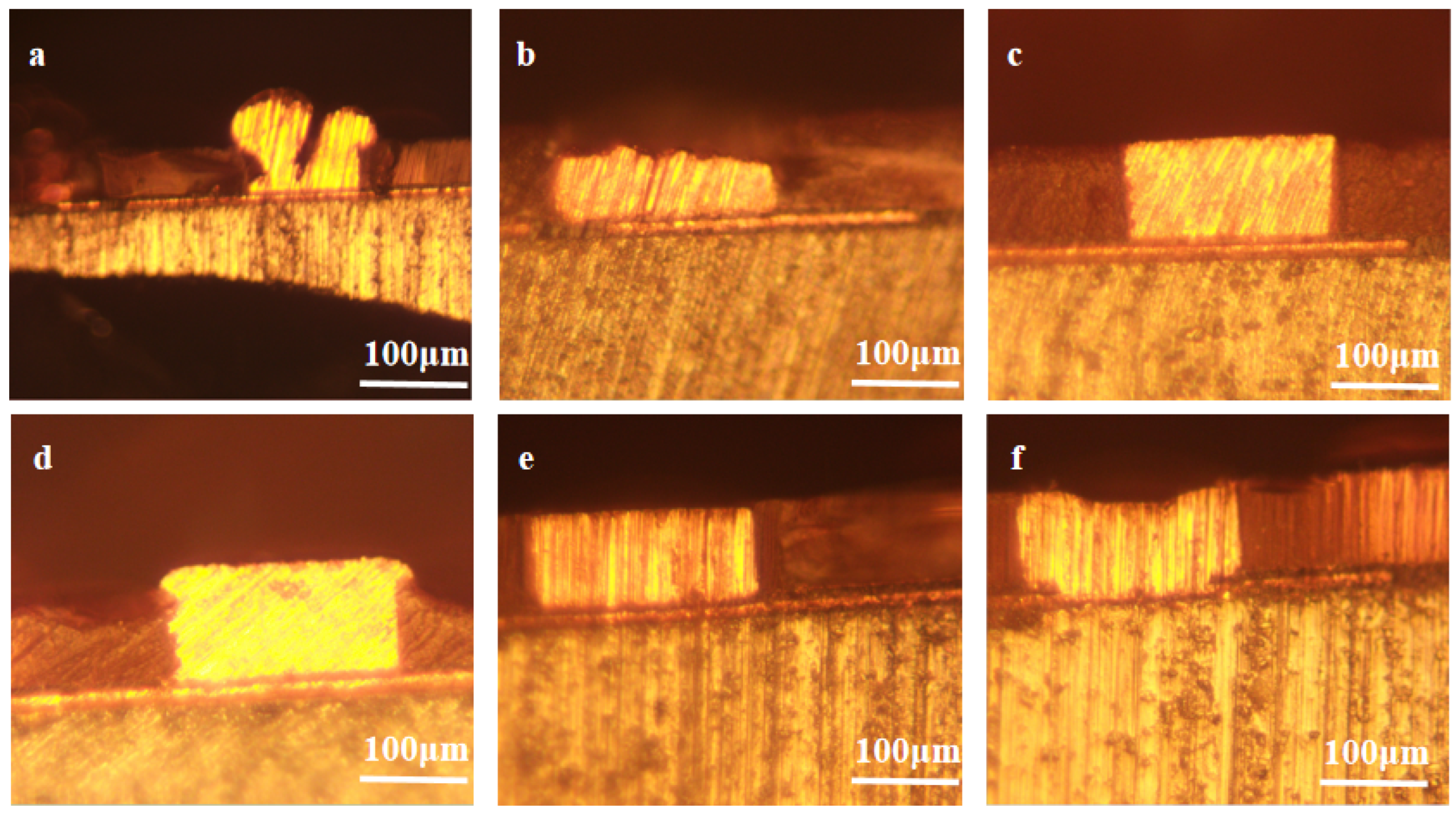

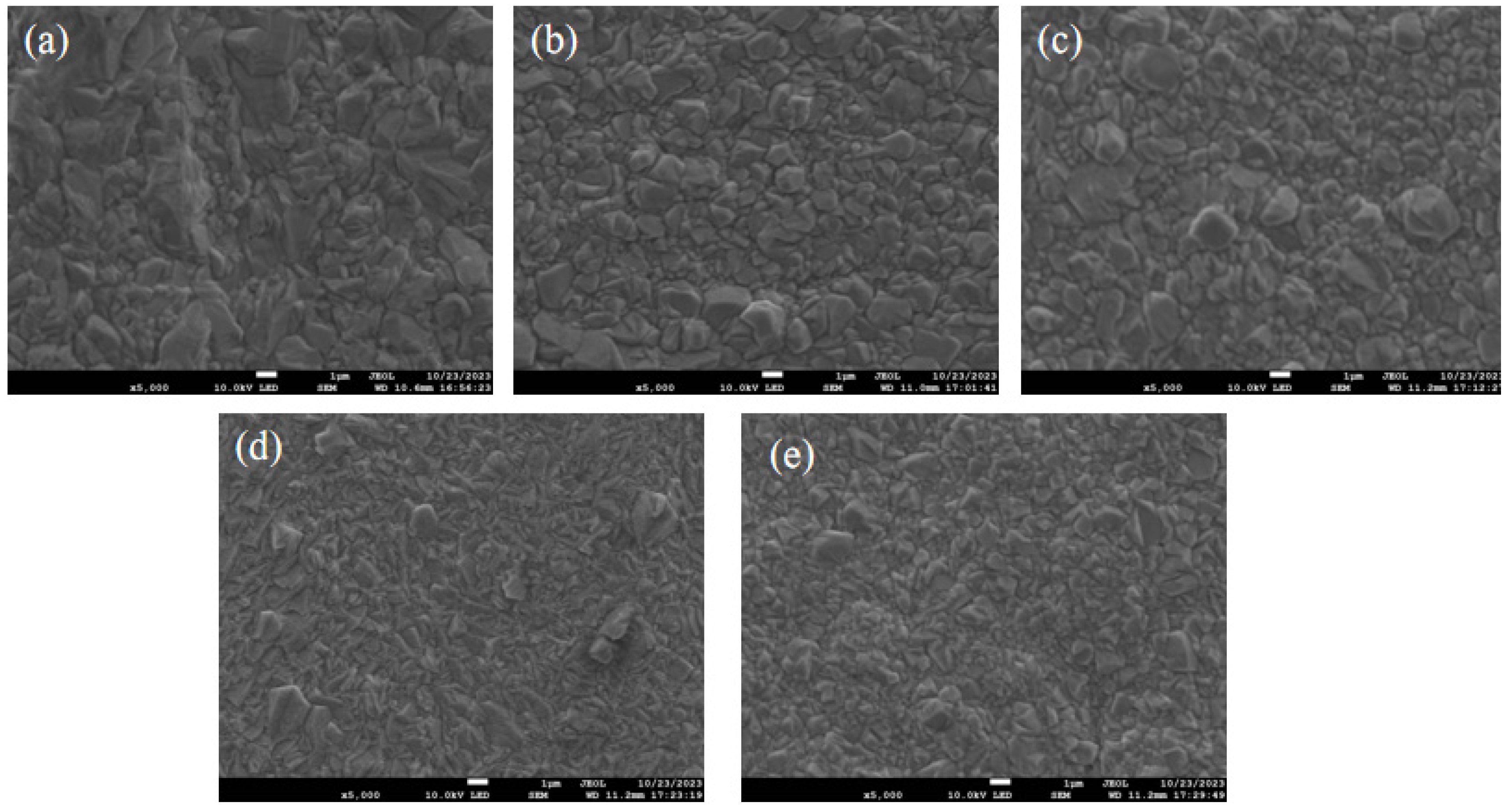
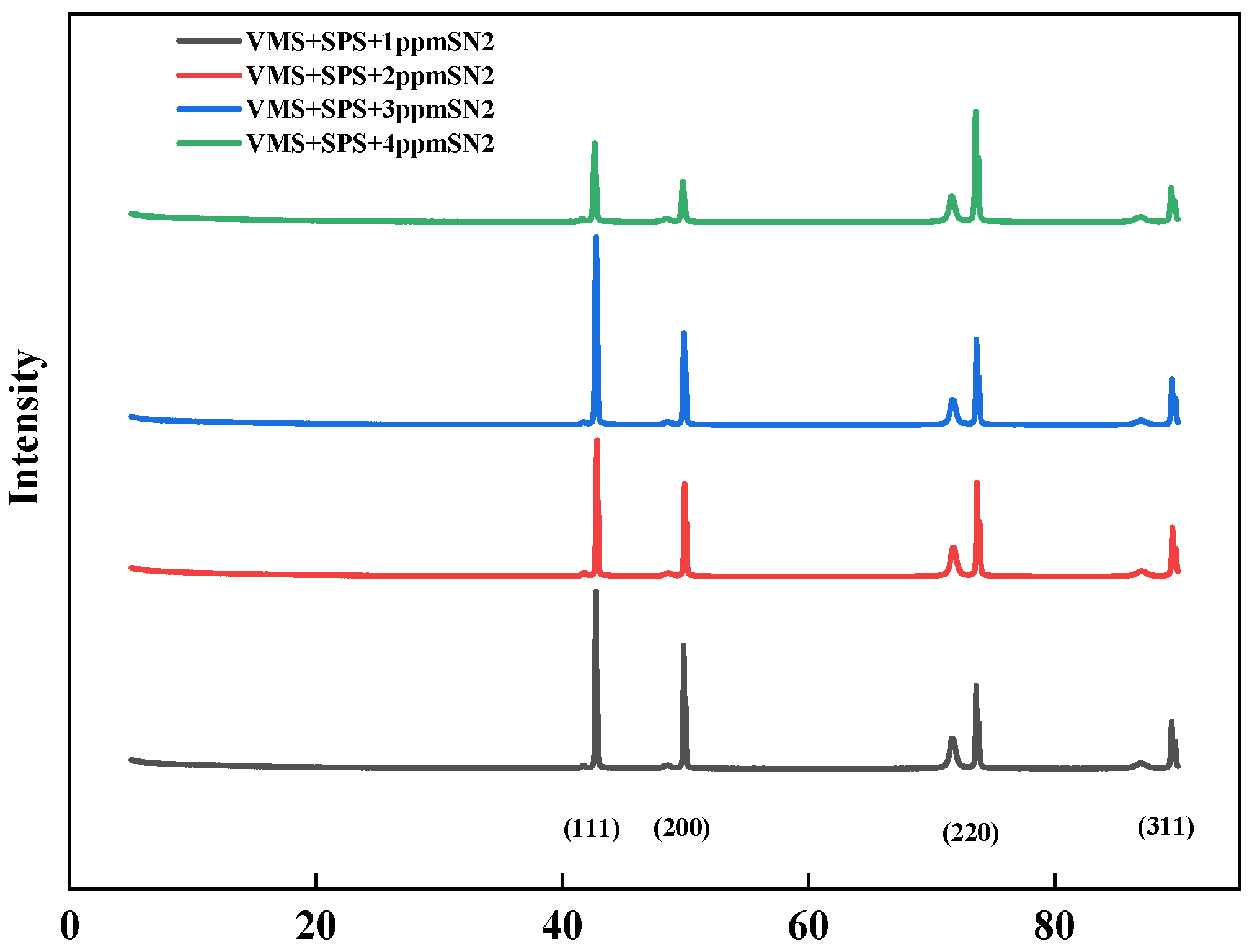

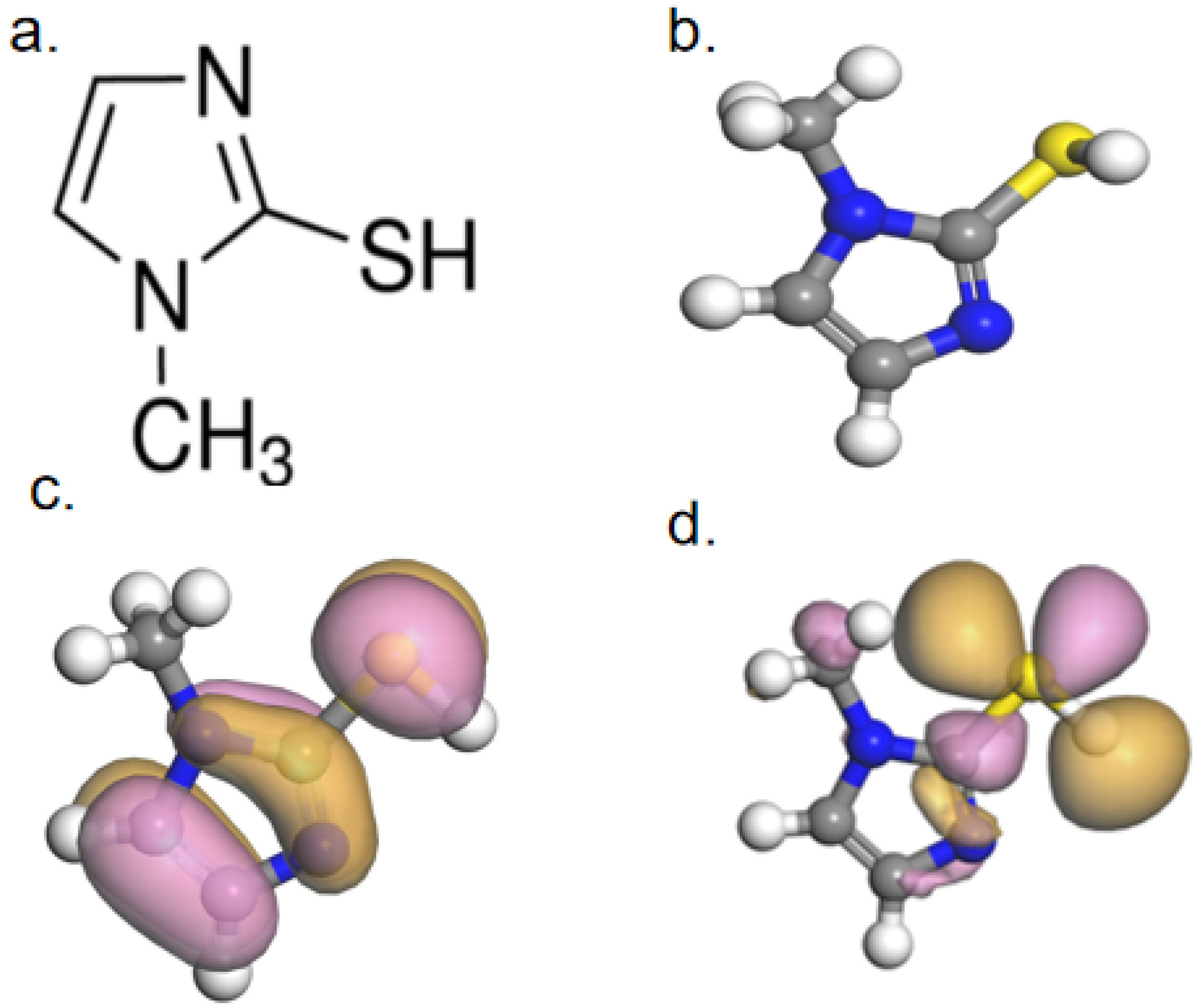

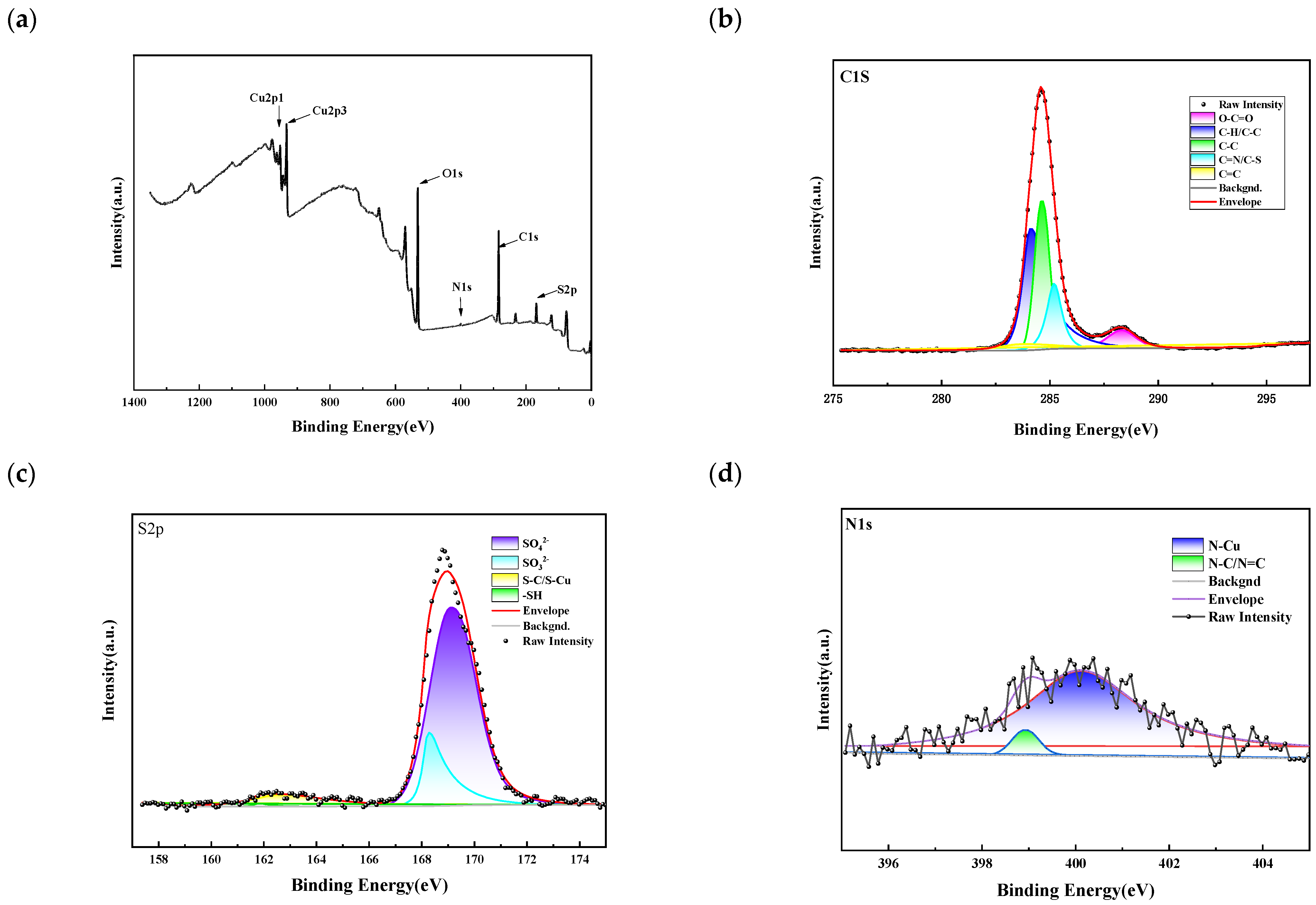
Disclaimer/Publisher’s Note: The statements, opinions and data contained in all publications are solely those of the individual author(s) and contributor(s) and not of MDPI and/or the editor(s). MDPI and/or the editor(s) disclaim responsibility for any injury to people or property resulting from any ideas, methods, instructions or products referred to in the content. |
© 2025 by the authors. Licensee MDPI, Basel, Switzerland. This article is an open access article distributed under the terms and conditions of the Creative Commons Attribution (CC BY) license (https://creativecommons.org/licenses/by/4.0/).
Share and Cite
Tan, T.; Liu, R.; Guo, L.; He, Z.; Fan, X.; Ye, R.; Tao, C. Investigation of 2-Mercapto-1-Methylimidazole as a New Type of Leveler in Wafer Electroplating Copper. Materials 2025, 18, 1622. https://doi.org/10.3390/ma18071622
Tan T, Liu R, Guo L, He Z, Fan X, Ye R, Tao C. Investigation of 2-Mercapto-1-Methylimidazole as a New Type of Leveler in Wafer Electroplating Copper. Materials. 2025; 18(7):1622. https://doi.org/10.3390/ma18071622
Chicago/Turabian StyleTan, Tong, Renlong Liu, Lanfeng Guo, Zhaobo He, Xing Fan, Rui Ye, and Changyuan Tao. 2025. "Investigation of 2-Mercapto-1-Methylimidazole as a New Type of Leveler in Wafer Electroplating Copper" Materials 18, no. 7: 1622. https://doi.org/10.3390/ma18071622
APA StyleTan, T., Liu, R., Guo, L., He, Z., Fan, X., Ye, R., & Tao, C. (2025). Investigation of 2-Mercapto-1-Methylimidazole as a New Type of Leveler in Wafer Electroplating Copper. Materials, 18(7), 1622. https://doi.org/10.3390/ma18071622






